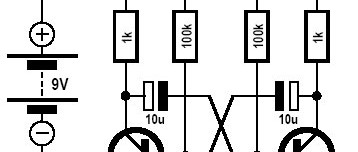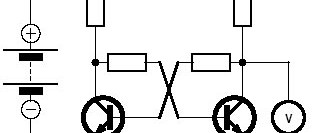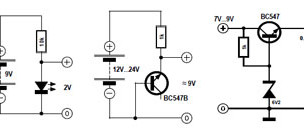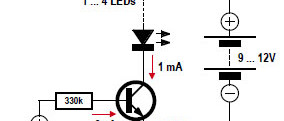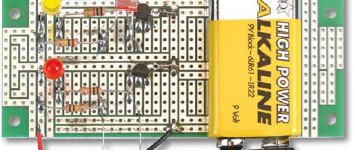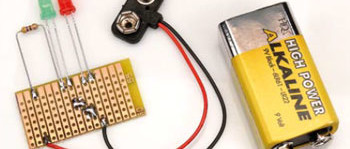| It all started with high frequencies: radio technology was the driving force of electronics. At first there were electron tubes and AM radio...
More about Electronics for Starters - Article Series (10)
| If we only used electronics to process existing signals, we would be missing an important aspect of electronics: generating oscillating sign...
| The principle of a (preferably) linear amplifier is straightforward: an audio signal modulates (varies in volume and frequency) the small ba...
| In the previous instalment we worked with static flip-flops and Schmitt triggers. Now things get a bit more dynamic, with capacitors providi...
| To understand the basics of electronics, you have to go beyond high-level block diagrams. Now and then, you need to look at the details insi...
| You are familiar with circuits for constant-current sources. Now it’s time to examine ways to generate stable voltages. Of course, you can a...
| Designing electronic circuits usually starts with studying the data sheets of complex integrated circuits. However, you should not lose sigh...
| Electronic devices are becoming more and more complex, with simple circuits practically a thing of the past. We aim to get back to basics wi...
| Electronic devices are becoming more and more complex, so let's get back to basics. In this article, we present some interesting experiments...
| Electronic devices are becoming more and more complex, with simple circuits and discrete transistors practically a thing of the past. This m...





